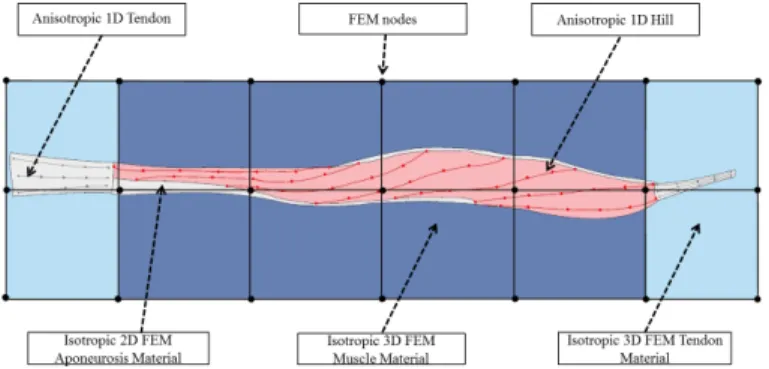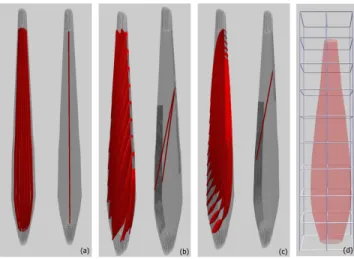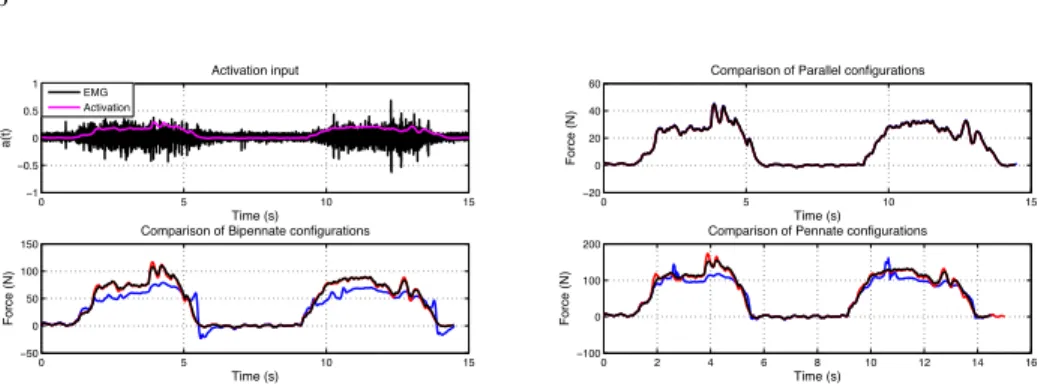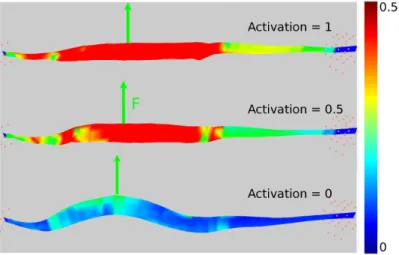Real-time Muscle Deformation via Decoupled Modeling of Solid and Muscle Fiber Mechanics
Texte intégral
Figure




Documents relatifs
The present work demonstrates an original one-dimensional (1D) analytical model, dedicated to a Rosen-type PT and simulation results are successively compared
The discrete-time model is deduced based on real-time Finite Element Method and then a novel observer based control method (the observer is built by Finite Element Model) is proposed
"Evaluation of a Numerical Modeling Approach based on the Finite Element Method for calculating the Rough Surface Scattering and Emission of a soil layer" IEEE
fiber field embedded in the muscle matrix mesh as in concrete
For this simulation, half of the patient’s weight was applied onto the foot model while in contact with a horizontal finite element plate (Fig 1 B) having the same number
(i) render a realistic enough ultrasound image in any probe/tissues configuration, embedding all the prop- erties to clearly identify the biological tissues; (ii) provide
Based on the summation kernel, we provide an extension of this kernel to deal with fiber tracts in section 3, where we also discuss the interpretation of the obtained kernel as a
In our solution concept (Fig. 2) we propose a real-time nonlinear model predictive control of the temperature of a forming zone (here for glass forming processes).. In most cases